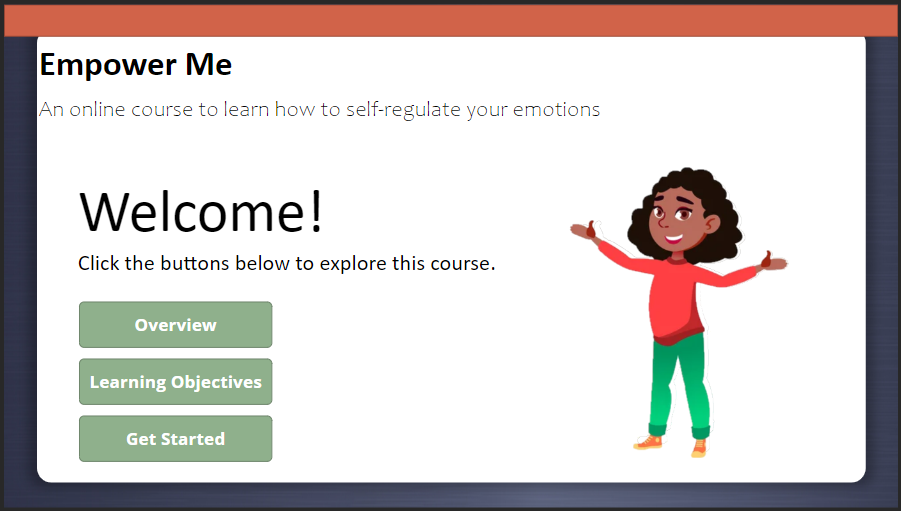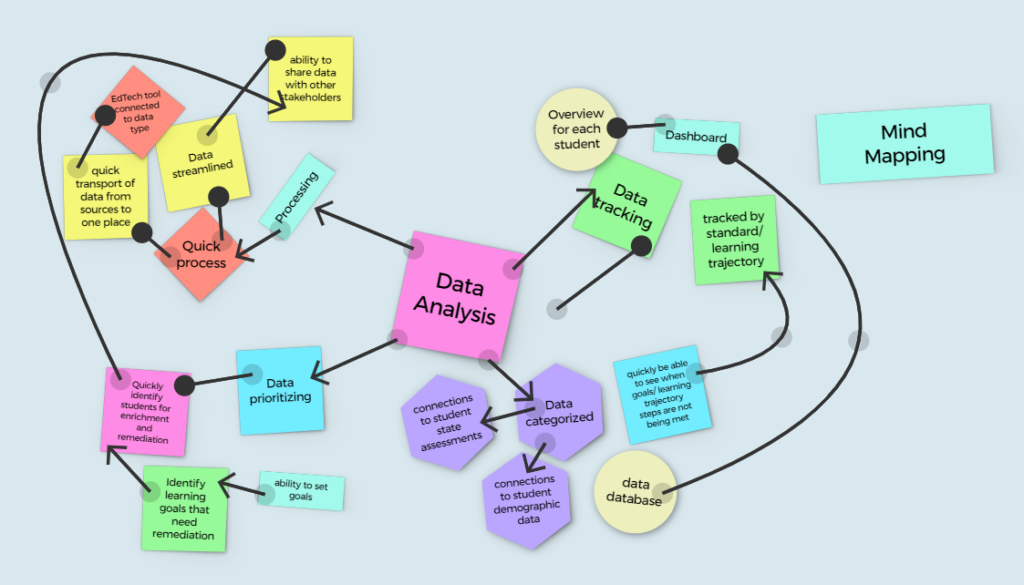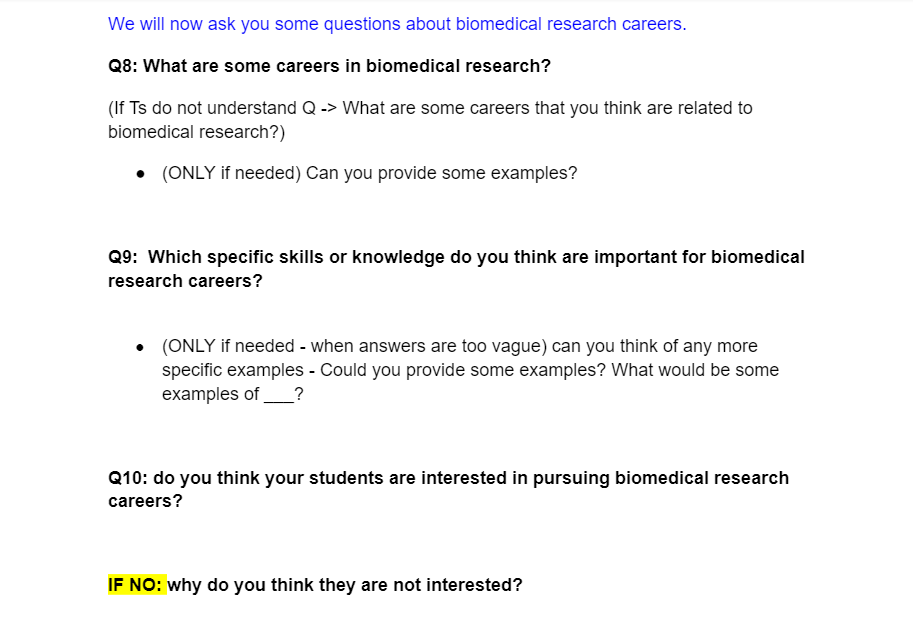For the capstone project in my Instructional Strategies for Teaching and Learning in Digital Contexts course, I developed a module to help middle school students learn emotional self-regulation techniques. This specific module was developed to help students understand how their brains, emotions, and actions are all interconnected. As a middle school teacher, I understand how important social emotional learning is for adolescents and wanted to come up with the beginnings of a course that would help them develop skills and knowledge in this area. I utilized Articulate Storyline 360 to create this course as well as PowerPoint, OBX Studios, Photoshop, and Adobe Premiere Pro to add further enhancements. This module utilizes video and scenario based learning to advance students to the learning objectives. Furthermore, this course was developed to align with K-12 Quality Matters Rubric.
As part of my work on an Articulate Storyline module, I have utilized design thinking to create a cohesive and effective product. This process has involved various stages, including empathy data gathering, ideation, prototyping, and testing. One critical aspect of this process has been the involvement of subject matter experts and the use of class feedback.
To gather empathy data and gain insights into the needs of our target audience, I conducted an interview with a behavioral intervention specialist at Wake Forest Middle School. This expert provided valuable insights into defining the scope and sequence for the module and how to create a product that would be useful and relevant for my target audience.
With the insights gained from the subject matter expert interview, I moved on to ideation and prototyping, creating initial versions of the module and testing them with a focus group of classmates. The feedback I received from the focus group helped me to identify areas for improvement and make adjustments to the content and design of the module.
In creating this Articulate Storyline module, I have leveraged design thinking to create a product that is both informative and engaging. By involving subject matter experts and soliciting feedback from classmates, I was able to create a product that meets the needs of my target audience while also being effective and engaging.
A reviewers link has been provided so that you can provide comments on the course that can help me continue to provide enhancements in the future. Please check back frequently as this course will continue to be updated.
Click on the picture below to access the course.





